This guest post was written by Seth Rand, of Wizard Digital Marketing.
Enhancing the online exposure of a nonprofit organization is important to help potential donors discover your cause or social issue.
Reaching your desired audience makes it easier for you to serve your cause alongside those who also want to serve. One vital way to get donations and garner volunteers and supporters online is through search engine optimization, or SEO.
SEO for Nonprofits
Search engine optimization simply means using tactics to appear higher in search engine results. The higher your website ranks in search engine results pages, the more likely it will be found and clicked through to. This will drive people who are looking for the type of work you are doing.
Optimized content on your website can spread awareness and make it easier for those you are trying to help to find your nonprofit. There are a number of benefits that correlate with the different optimization strategies:
SEO Success Comes from On-Page Optimization
Website-related factors that help with the SEO ranking of your nonprofit website or article can act as a kind of cheat sheet for search engines to categorize your content. Technical aspects to optimize include:
- Title tag – the title of your webpage that appears in the search engine results. This ideally contains the primary keywords and is catchy enough to entice a click.
- Heading tags – the headings and subheadings throughout the article. These should incorporate both primary and secondary keywords (words and phrases related to the primary keyword).
- Meta description – the brief synopsis of the page that appears below the title tag in search engine results. This should contain the primary keywords and actionable items in a brief enough number of characters, between 155-160.
- Readability score – an indicator of how easy your content is to read in relation to school reading levels. It may seem like a good idea to show your expertise with the language that you use, but hard-to-read content can hurt rankings and make your content less shareable on social media. Short and concise sentences are key.
- Content layout – how your content is arranged on the page. Even the best content should still be presented in a way that is easily digestible. Shorter sentences, frequent paragraph breaks, and use of white space and images can all help to make your content more friendly and appealing to read.
Better Engagement Comes from Well-Written Content
The baseline of any good SEO campaign begins with well-written content. Better content for a nonprofit will empower you to convince people to join your cause—the exact thing that matters when working as a nonprofit. But what exactly should you post on your blog?
Great content consists of not only engaging information for your audience, but also actionable items. Both are important factors to keep visitors reading through your post and clicking through your website. Valuable, engaging and informative content that will help boost your SEO efforts can include:
- Newsworthy articles
- Information and statistics
- Infographics
- Testimonials
- Stories from your cause
- Event recaps
- Photo galleries
- Videos
- Webinars
Write and publish content on your website and blog, author guest blog posts on other sites, and become a contributing author within your industry or geography. This will establish your organization’s credibility.
Research Your Keywords Well
Having a general idea of a topic to write about is a good starting point, but it most likely will not be enough to lay the foundation of an optimized webpage. The ideal keywords are the ones that balance between being frequently searched and not being overly competitive.
If you serve a local area, adding your city or state into your keyword strategy will help you to be found. Your target keyword should appear in the page title, meta description and a few times throughout the copy. Don’t overdo it, though: keywords should frequently appear throughout your content, but it should flow naturally.
An Efficient Awareness Campaign Comes from a Positive User Experience
There are a number of key points to consider when curating a website that allows users to interact with utility, ease, and efficiency:
- Easy to navigate – evaluate any areas of your website that may be confusing to the user and updates that can be made to improve the ease of navigation.
- Quick to load – if your site loads slowly, your audience is not likely to wait around. Users are not patient.
- Mobile-friendly – nowadays, a majority of people visit websites on their mobile phone or tablet. Your website should be optimized to display well on such devices.
Search engine results pages will reward well-designed, user-friendly websites with better audience retention and brand credibility.
Social Popularity Comes from Potential New Contributors
Search engines look at social signals pertaining to a profile’s authority, which can be broken down into three factors:
- Social shares – your site’s popularity on social media networks will have a major impact on search engine rankings. Encourage your followers to support your content with likes, retweets and shares.
- Backlinks – reputable sites linking back to your site is a “vote of confidence” signal to search engines. Quality is more important than quantity, so focus on who you know. You may be surprised at how much asking donors to link to your site will help improve your rankings.
- Traffic – the amount of users who visit your site is the true measure of popularity, and more traffic generates more traffic. Make sure to promote your website through all of your marketing efforts, both on- and offline. This means your URL should be front and center on every poster, sign and pamphlet that you distribute to encourage those who want to learn more about your cause.
Be active on social media, not only with posts, but in stories and groups and when using hashtags. Include some video, even if it’s only made with your iPhone or webcam. Another indirect way to generate traffic to your website and help SEO rankings is by having social media share buttons readily available. This makes it simple to share your content with a quick click or two, and will encourage users to share with their followers.
Enhanced Reachability Comes from Better Local Listings
Participating in local lists can be highly beneficial for a nonprofit organization. Oftentimes, geographically-based results can be a prime asset. By using Google Maps, you can reach your local audience like a pro.
Get listed on as many free online directories as possible, and make sure your profile is detailed and accurate. This will increase your organization’s reachability in your regional area, which will in turn help you serve your cause on the level needed. You can also gain positions in your local listing by encouraging your supporters to leave reviews online.
User Engagement Comes from Internal and External Linking
Linking refers to hyperlinks within a website or webpage. Both internal and external linking are very important to SEO for nonprofits. Search engines want to reward websites that have visitors who engage and stay on the site for a longer period of time because this signals that the site is valuable to the user.
Internal links lead to other content pieces and related pages on your website. This allows visitors to further explore your site and increase traffic to the pages throughout your website. This strategically sends readers for more information to further answer their query and allows you to point users to the content you wish to highlight, such as your most important pages.
External links, also known as “backlinks”, are links that come to your website from another. From a search engine’s perspective, the more websites that link to you, the more important and authoritative your content is. Like stated above, reach out to other local nonprofits to see if they will link to your website, and research directories for local SEO opportunities.
External linking can also refer to your website linking to others. This can be approached strategically in order to work to your advantage. It is important that you only link to credible websites, as this affects the trustworthiness of your own website.
Improve Your Nonprofit’s Visibility with SEO
Search engines typically use a complex set of formulas, known as an algorithm, to determine what websites to rank within results pages. These are constantly changing, but there are always some factors that you can control. Factors like total website traffic and frequency of content circulation are not directly in your control, but can be taken into account when developing an SEO strategy. Direct factors include:
- Content creation
- Keyword research
- On-page optimization
- Internal and external linking
- Social sharing
Search engines like Google and Bing serve as a vital information source for everyday people. The higher the ranking of your website in a search engine, the more likely it will be found and clicked to. Constituents need to be able to easily find your organization’s website or they may not be able to connect or make a donation. When was the last time you searched the third or fourth page of Google when looking for a product or service? With these SEO steps to improve your nonprofit website’s search engine rankings, your enhanced online presence will help spread awareness for your cause.
By Seth Rand
About the author: Seth Rand, Co-Founder & CEO of Wizard Digital Marketing, is a long serving Board member of the South Florida chapter of LLS (The Leukemia & Lymphoma Society) and has helped them promote their chapter and the Florida Blood Cancer Conference through social media, email marketing and more.
.svg)


.svg)
.svg)
.svg)

.avif)






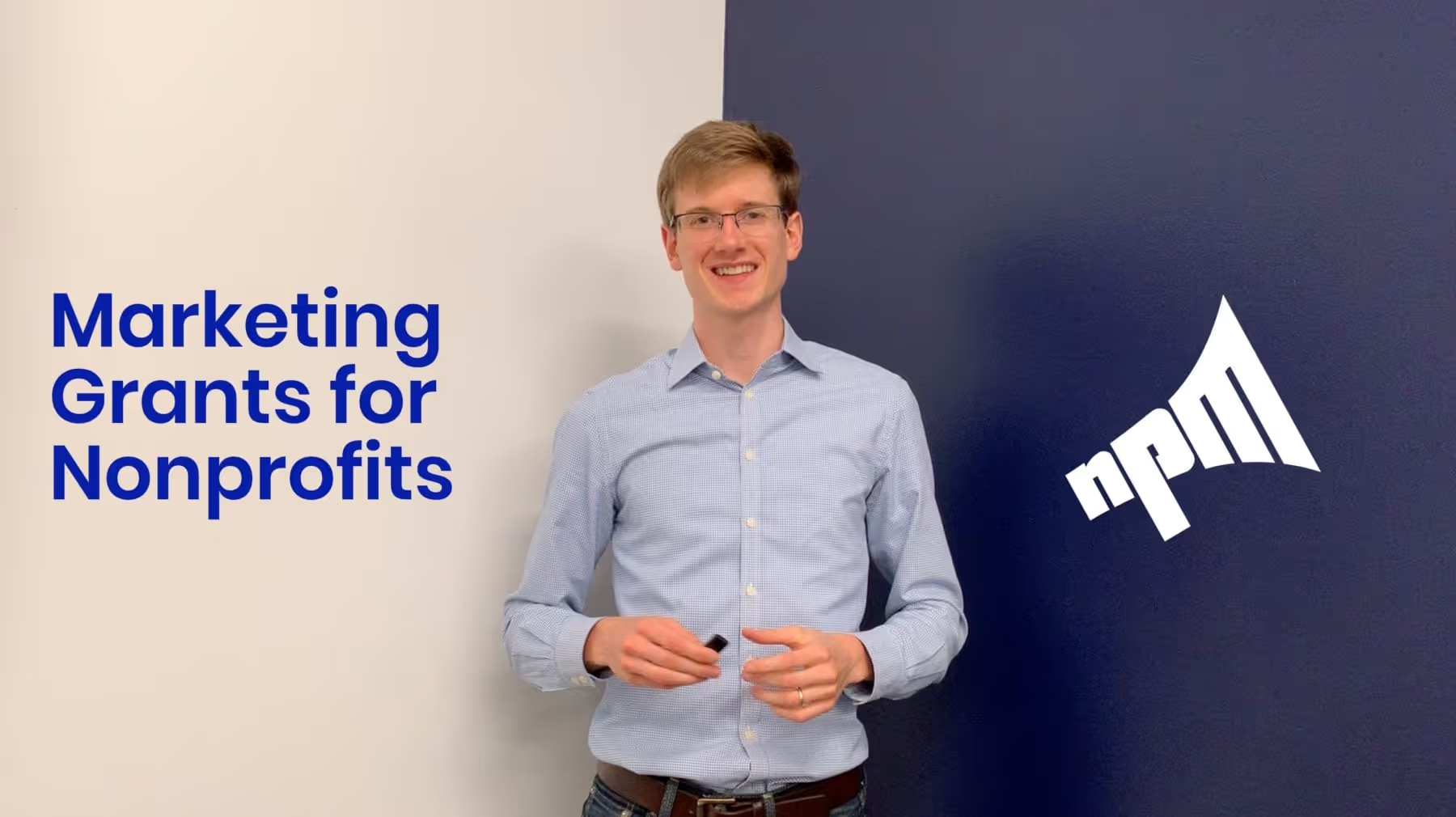




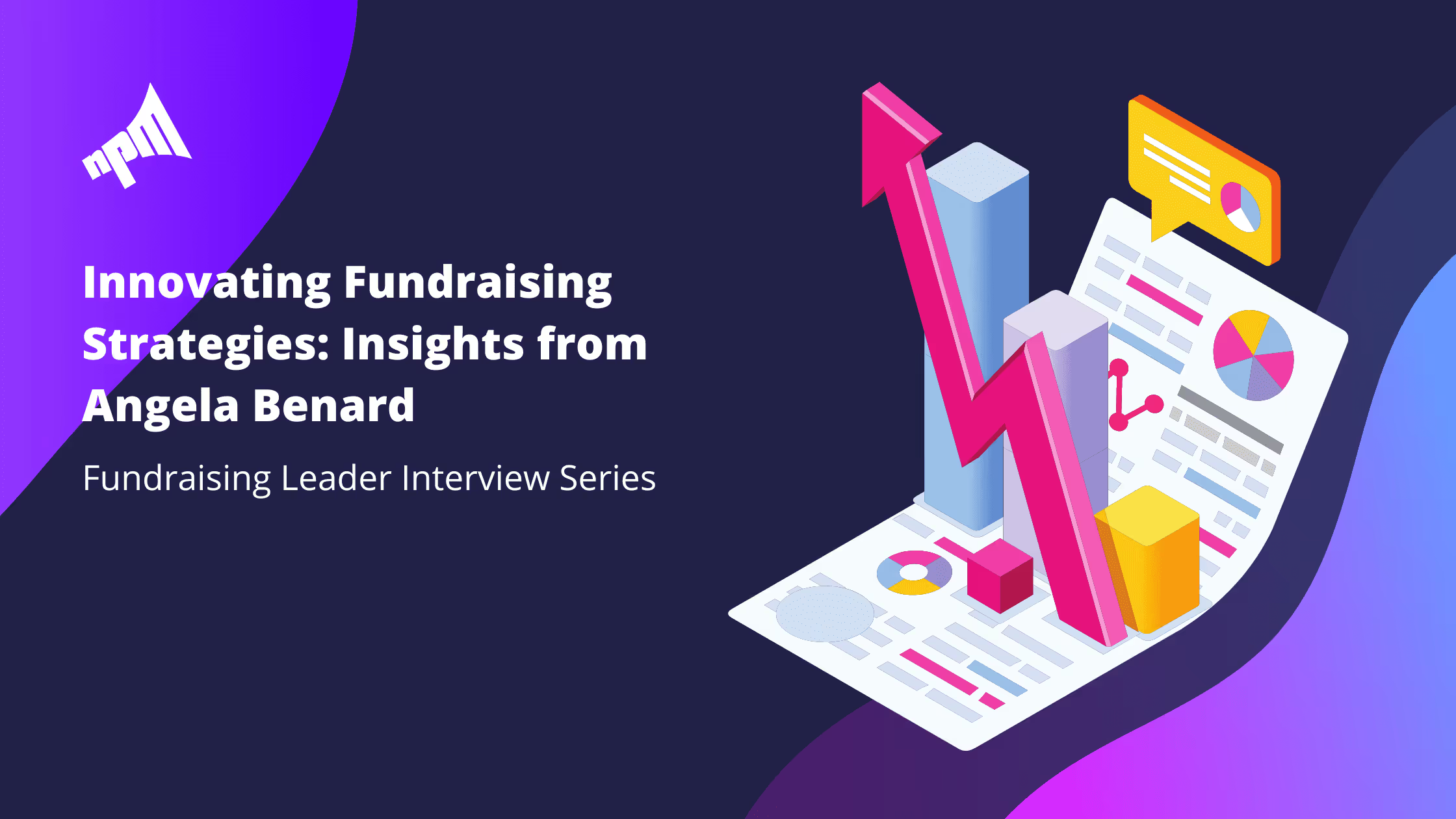


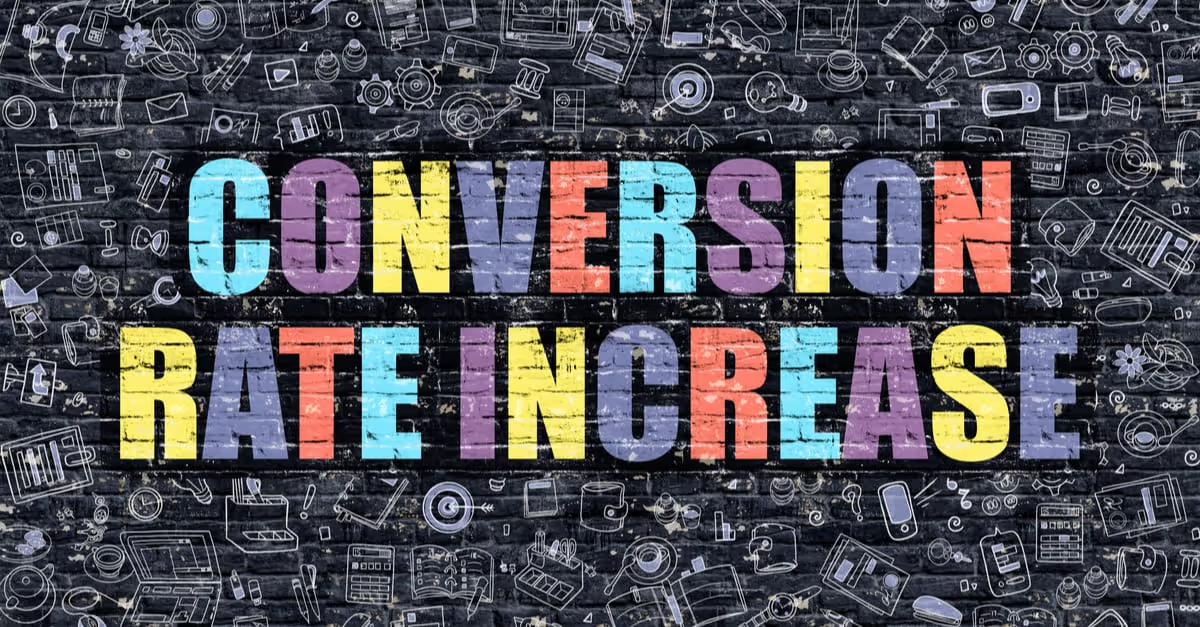





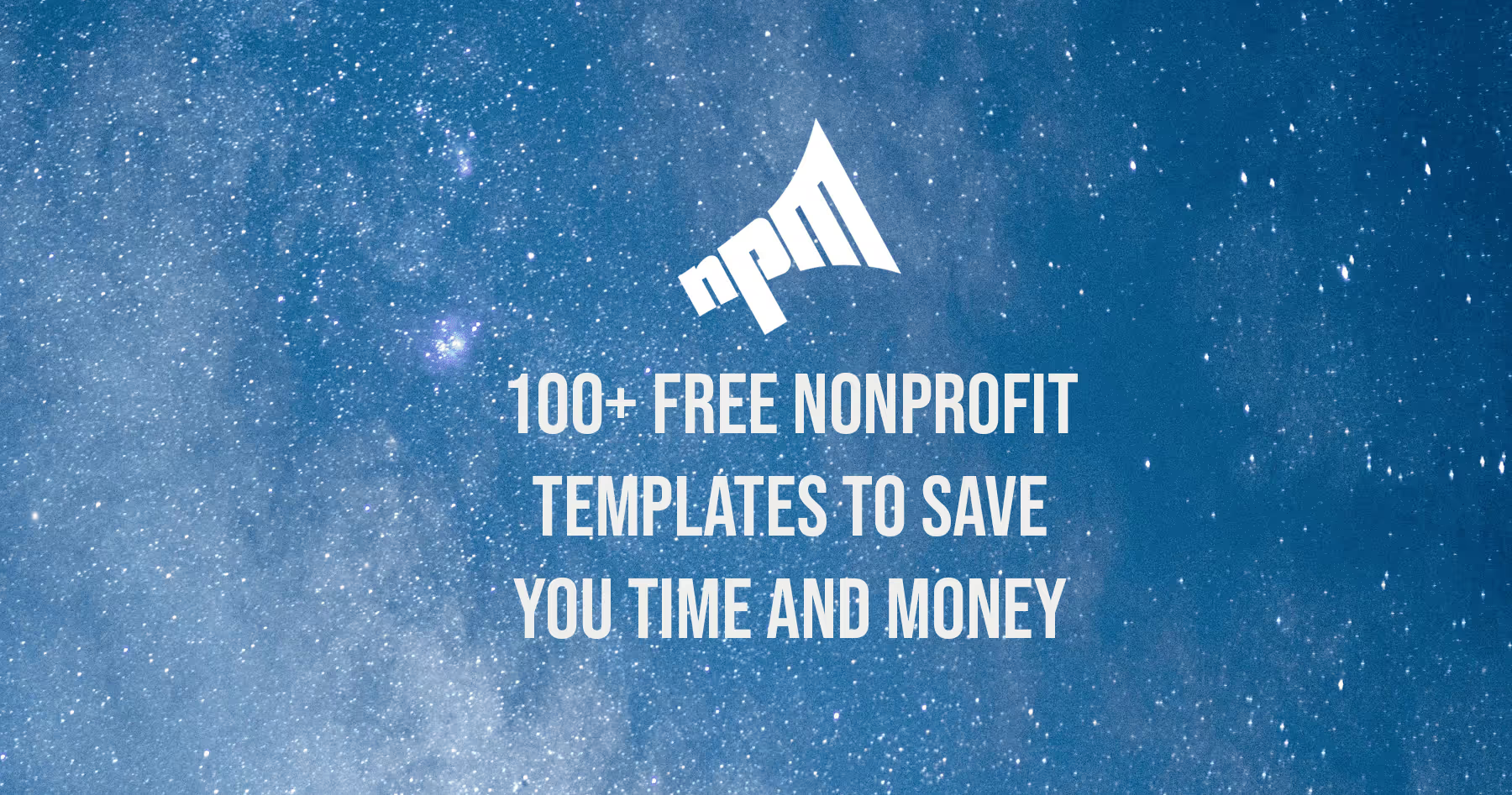



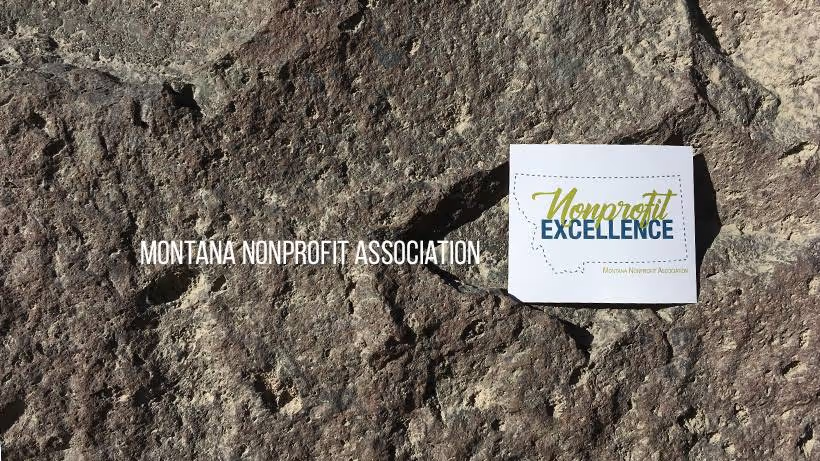










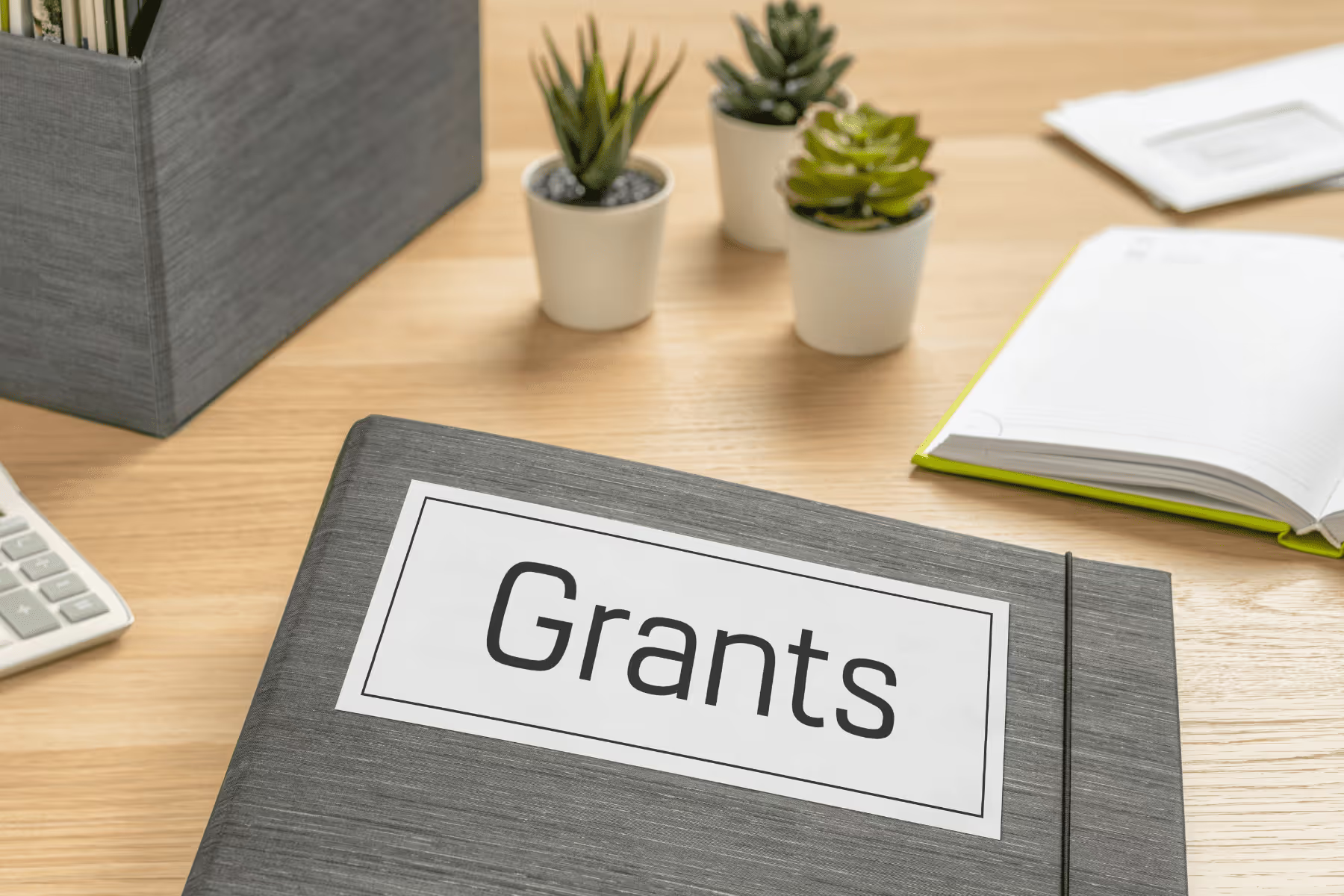


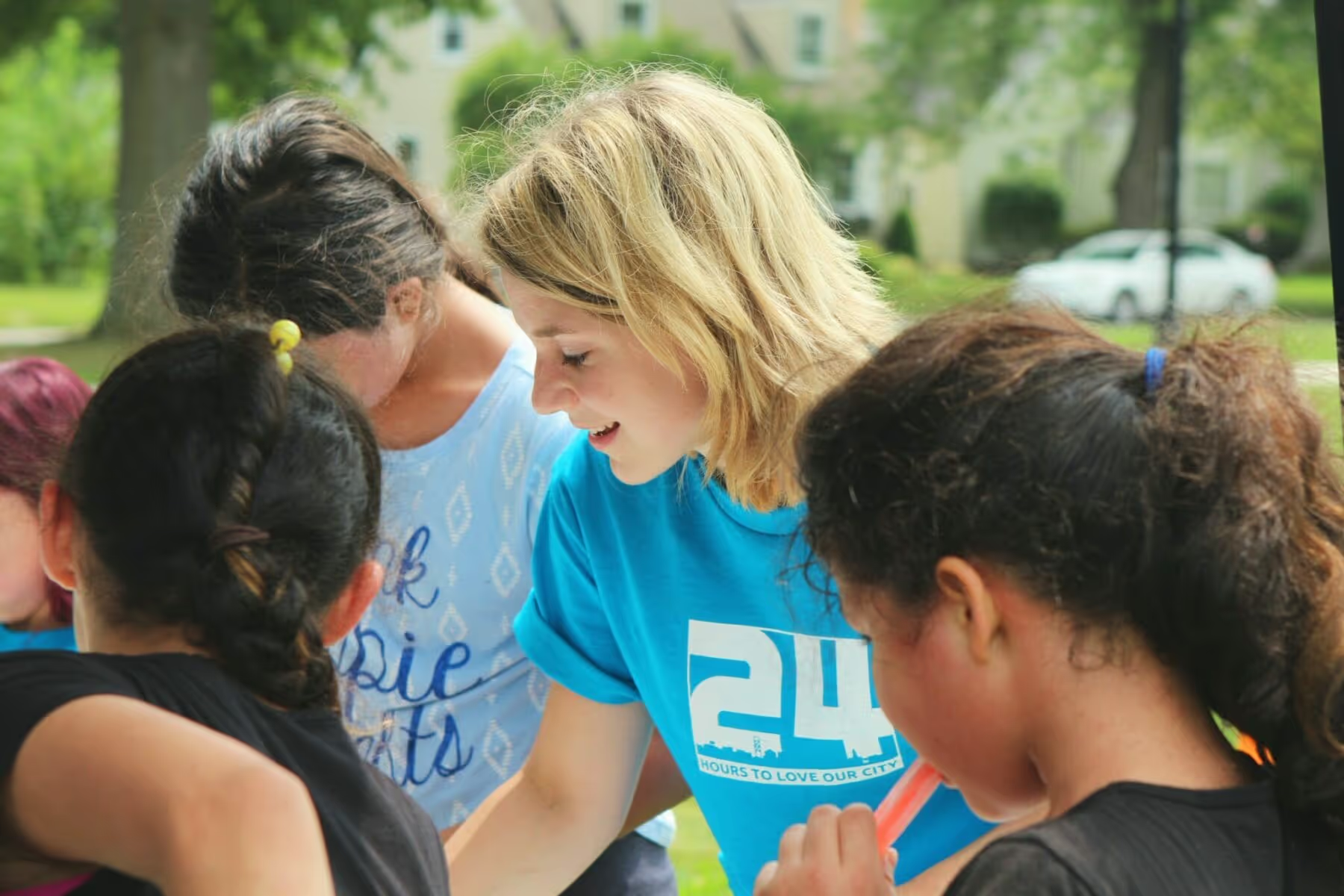

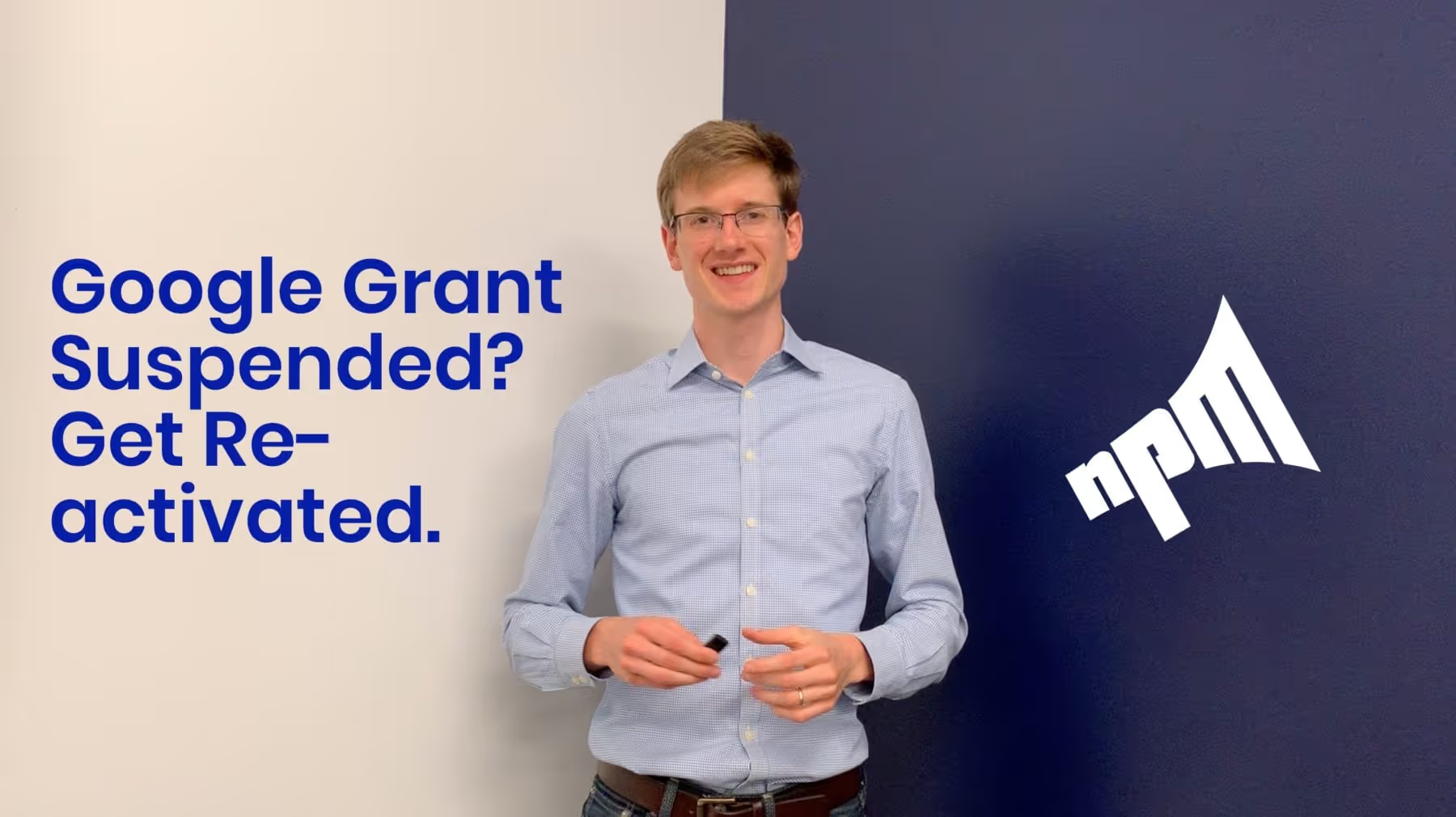



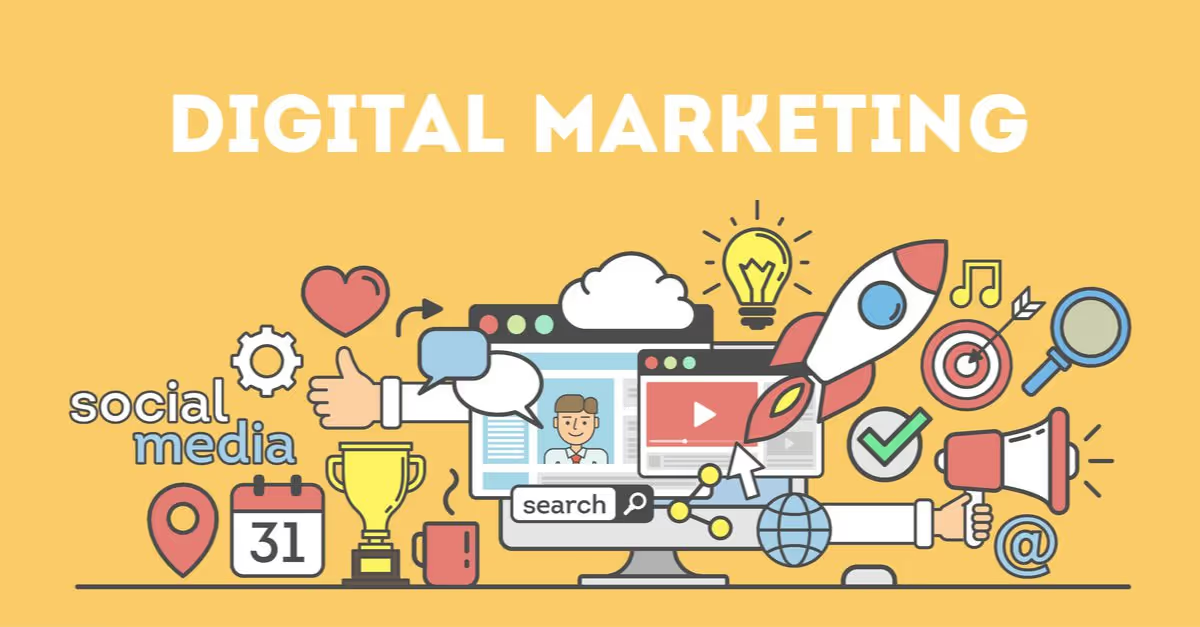









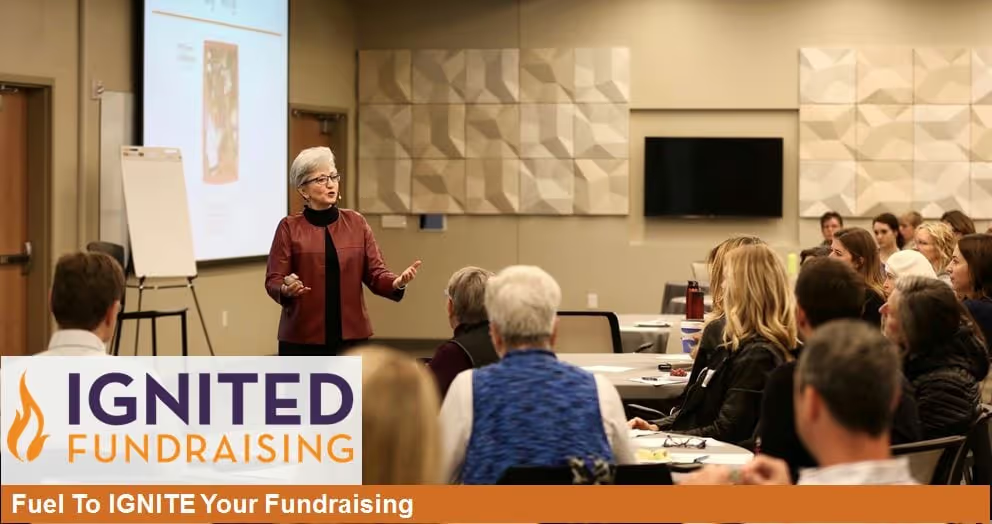



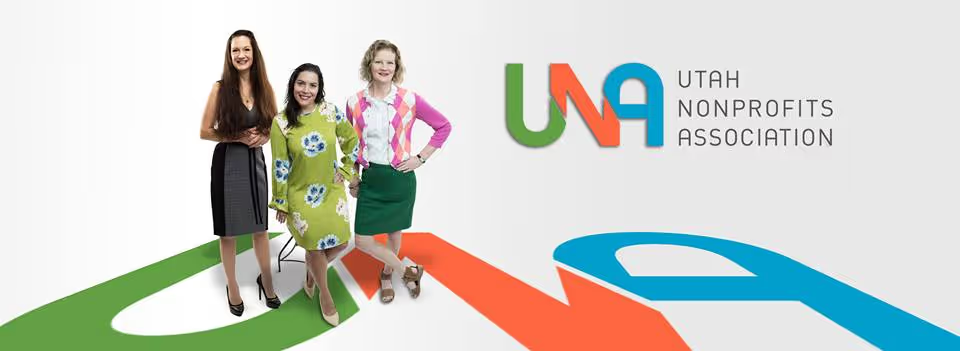







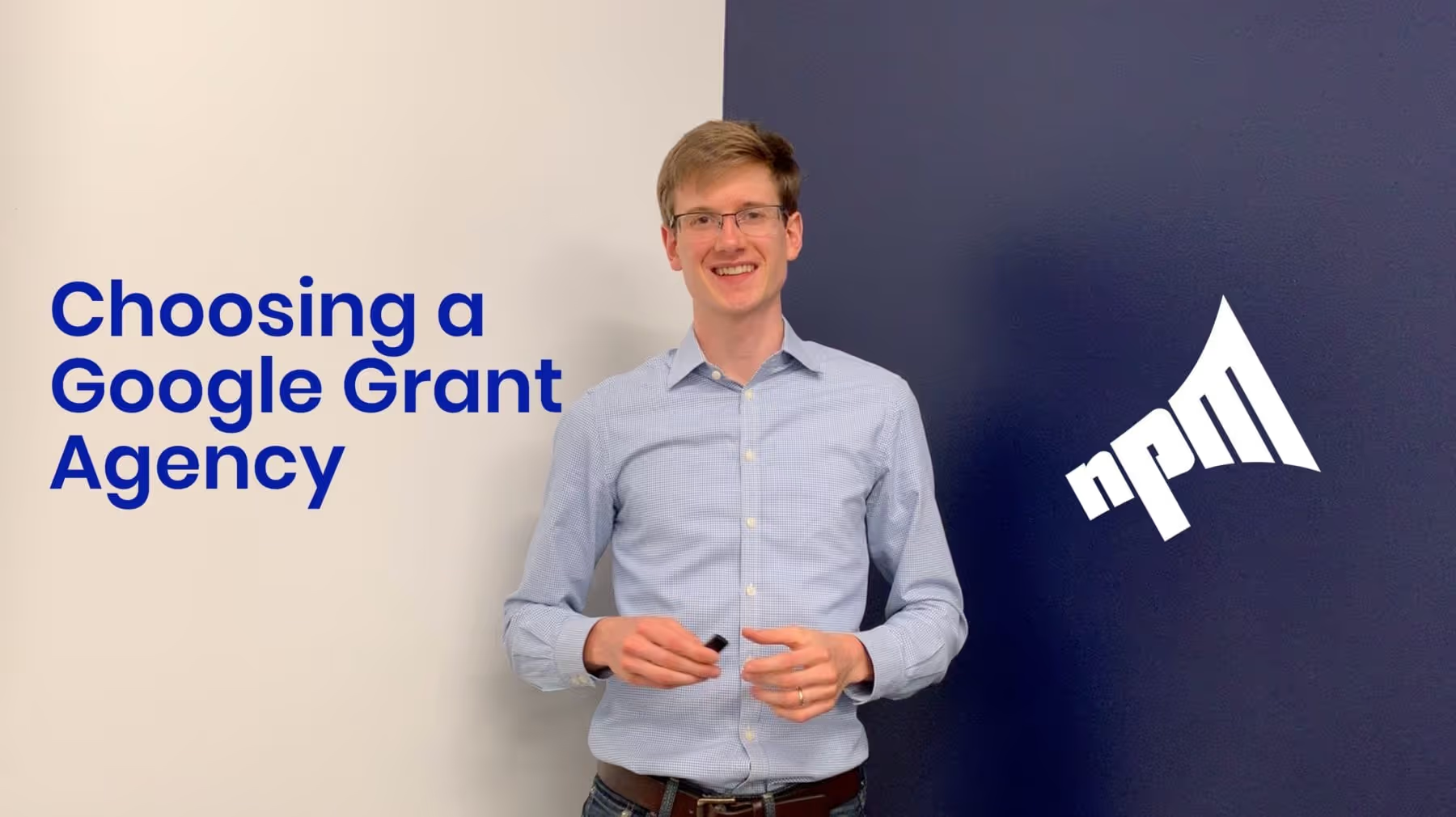
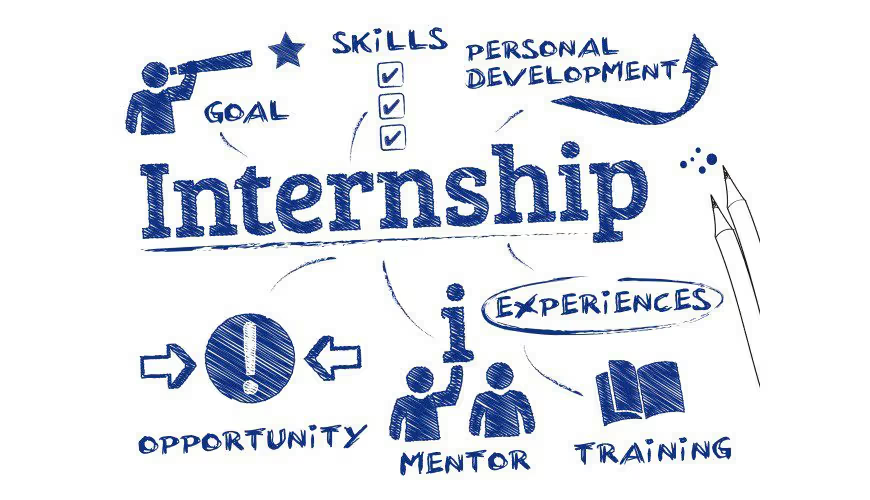




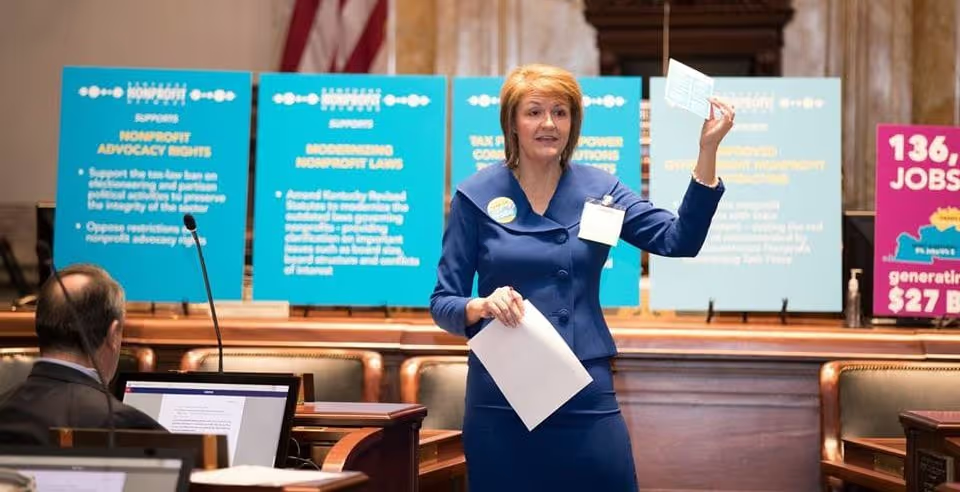








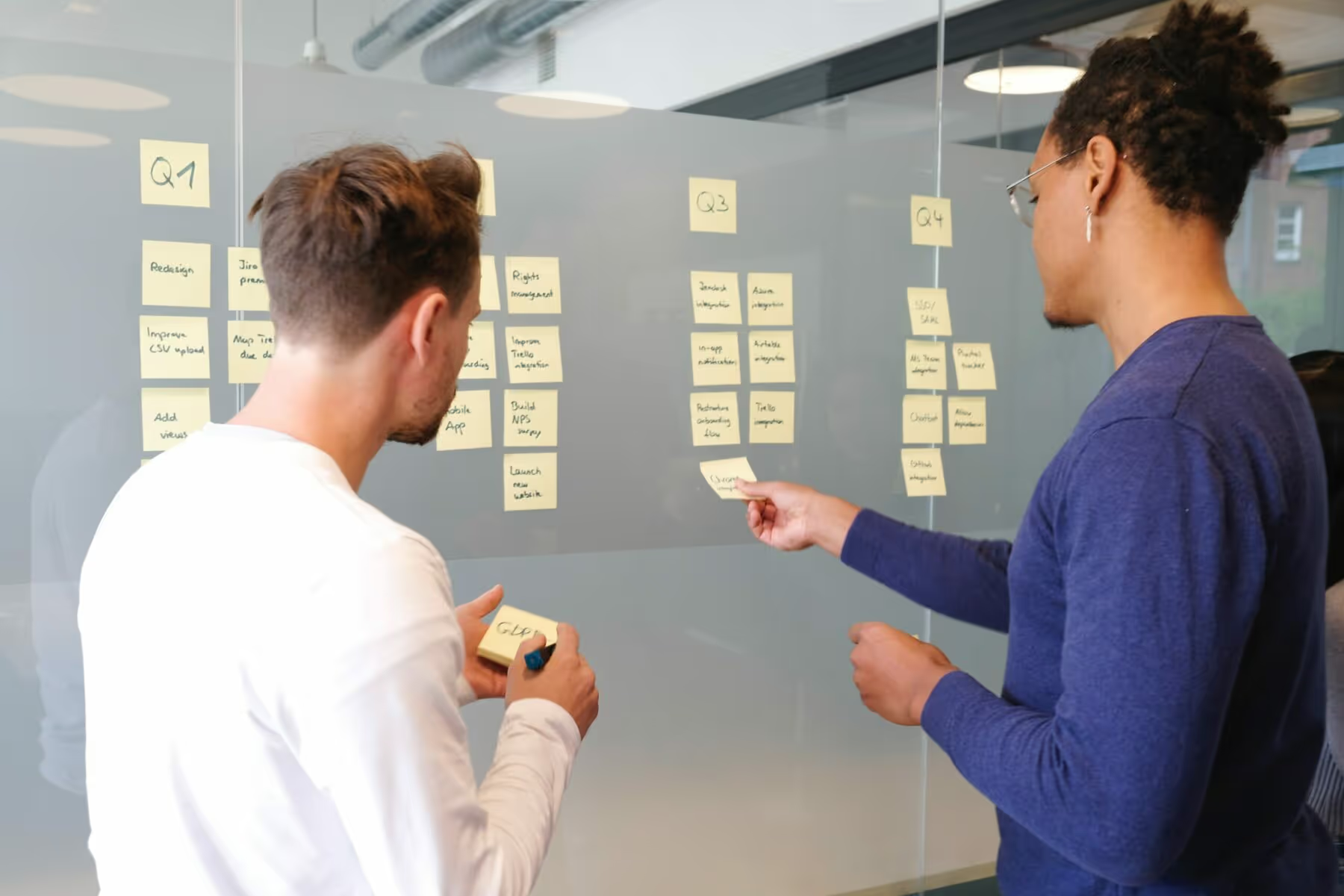

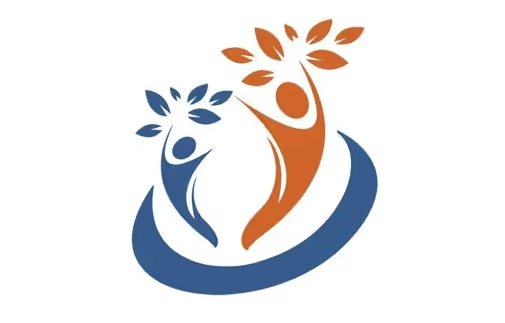









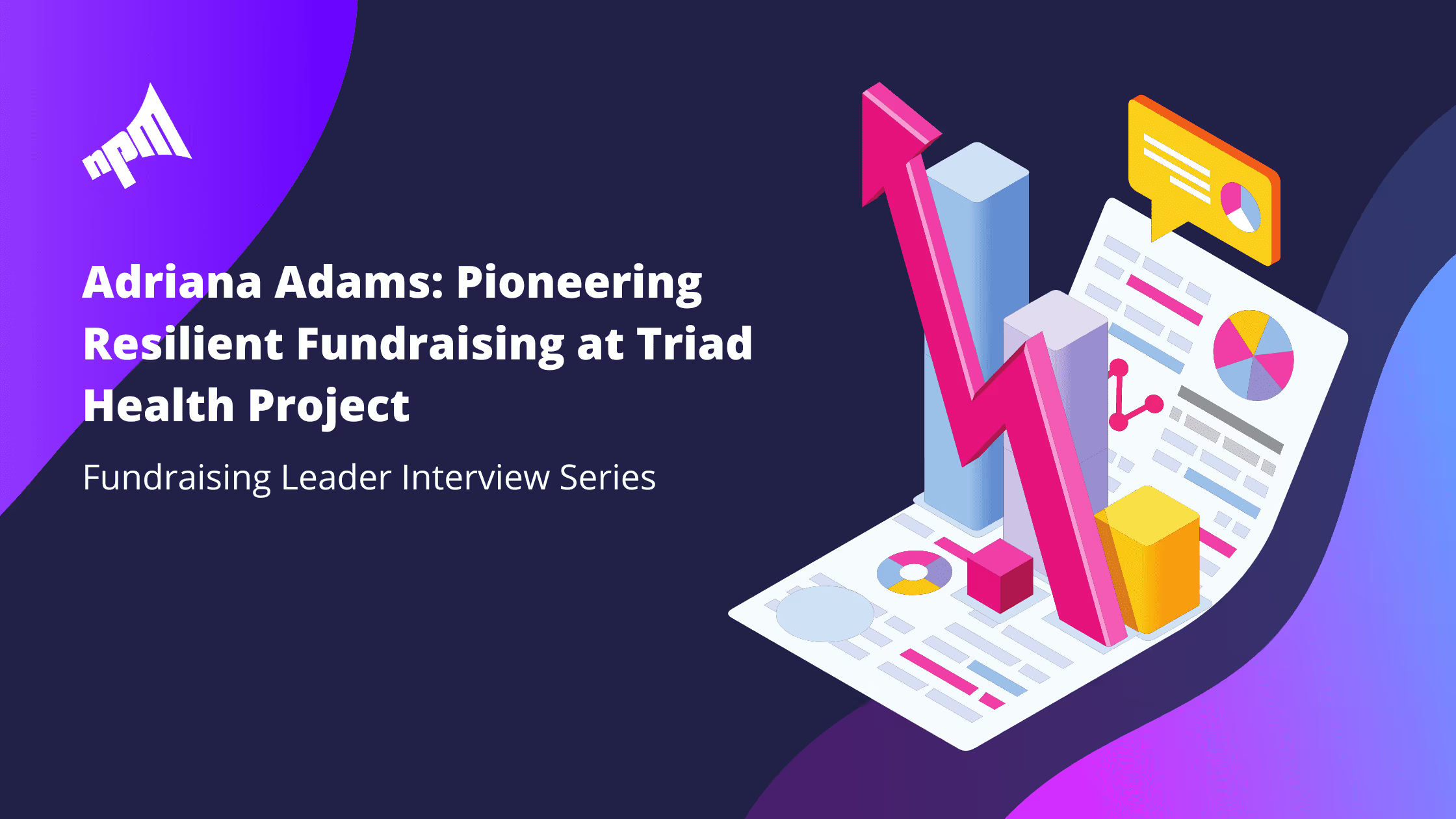







.svg)
.svg)
.svg)
.svg)